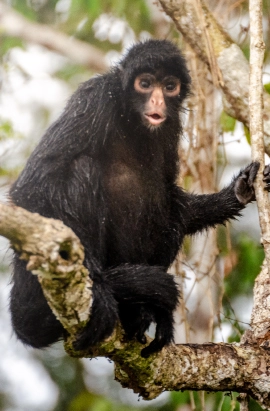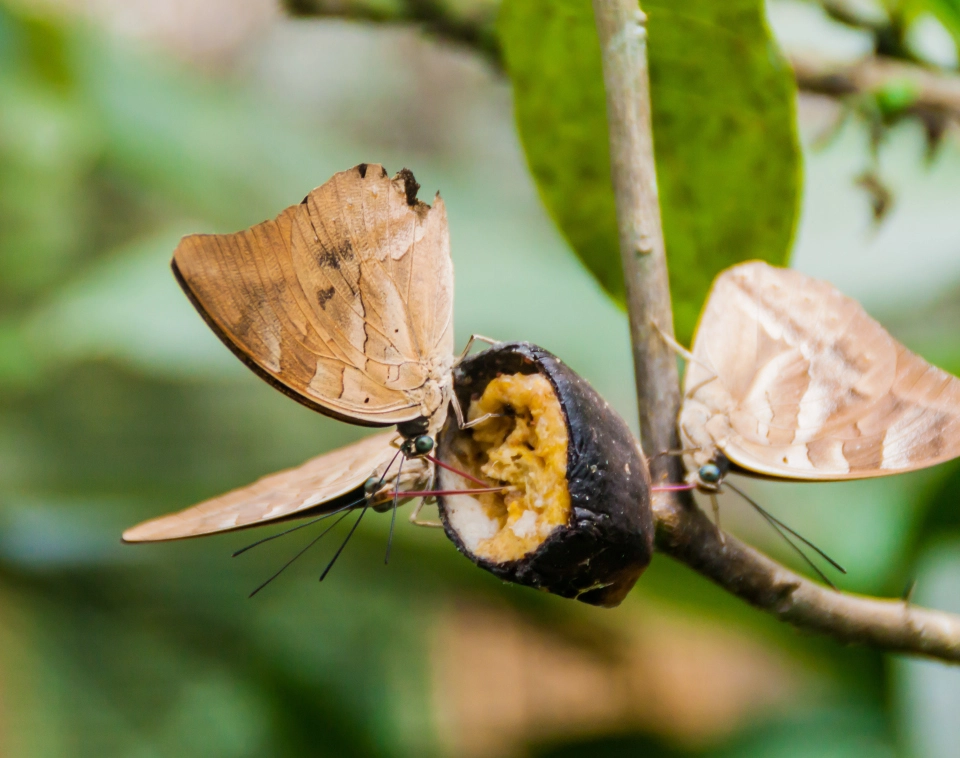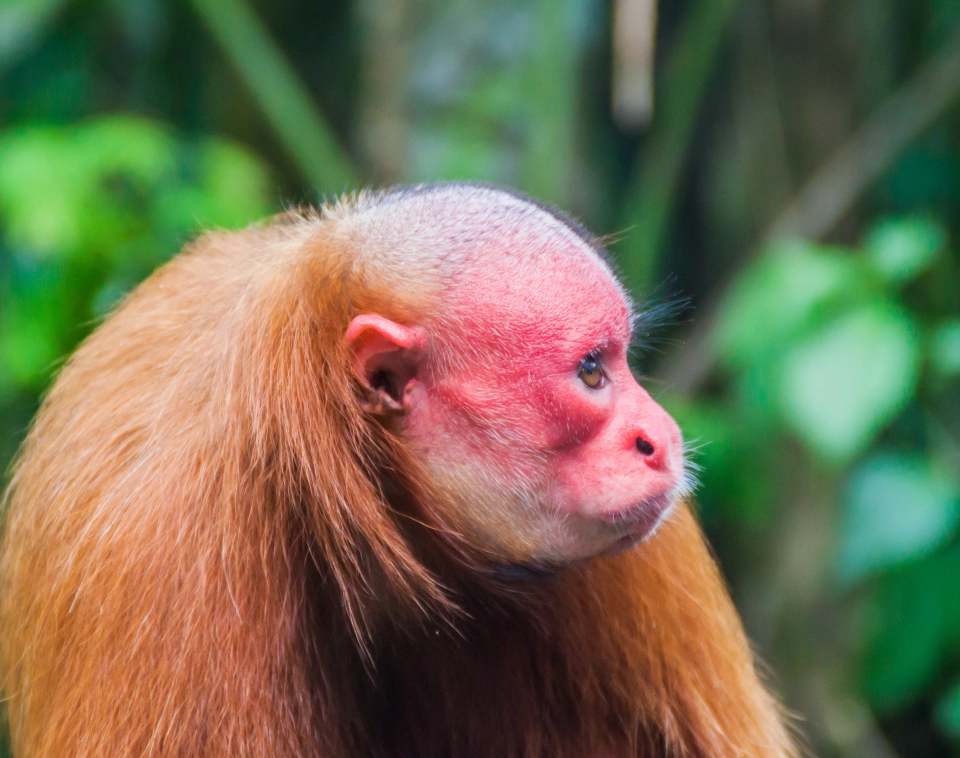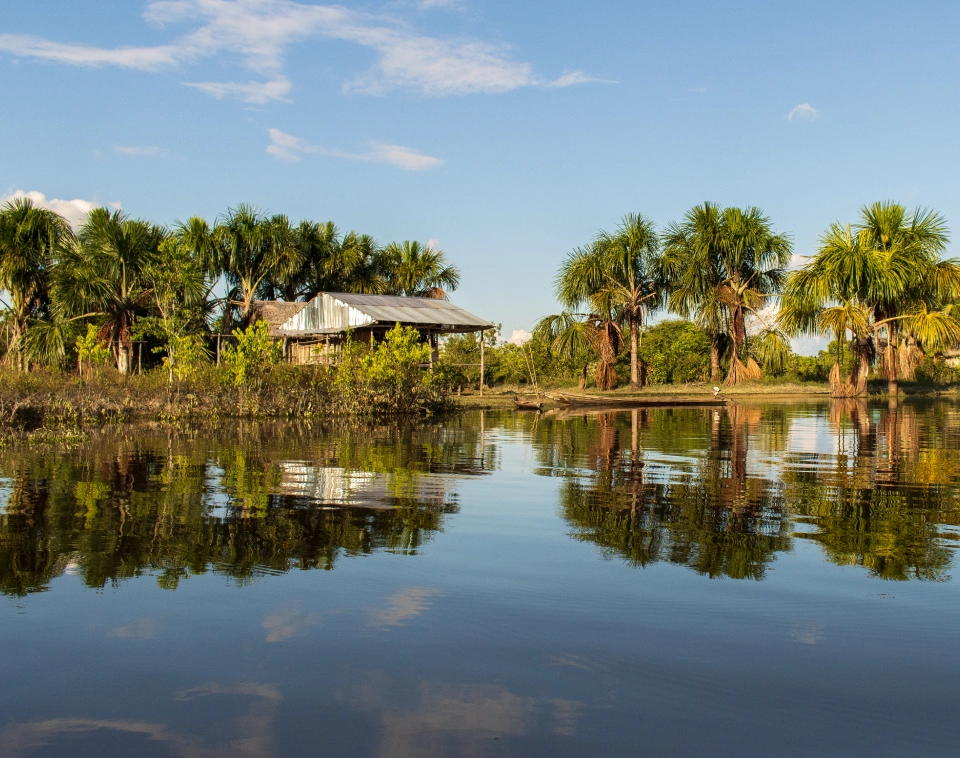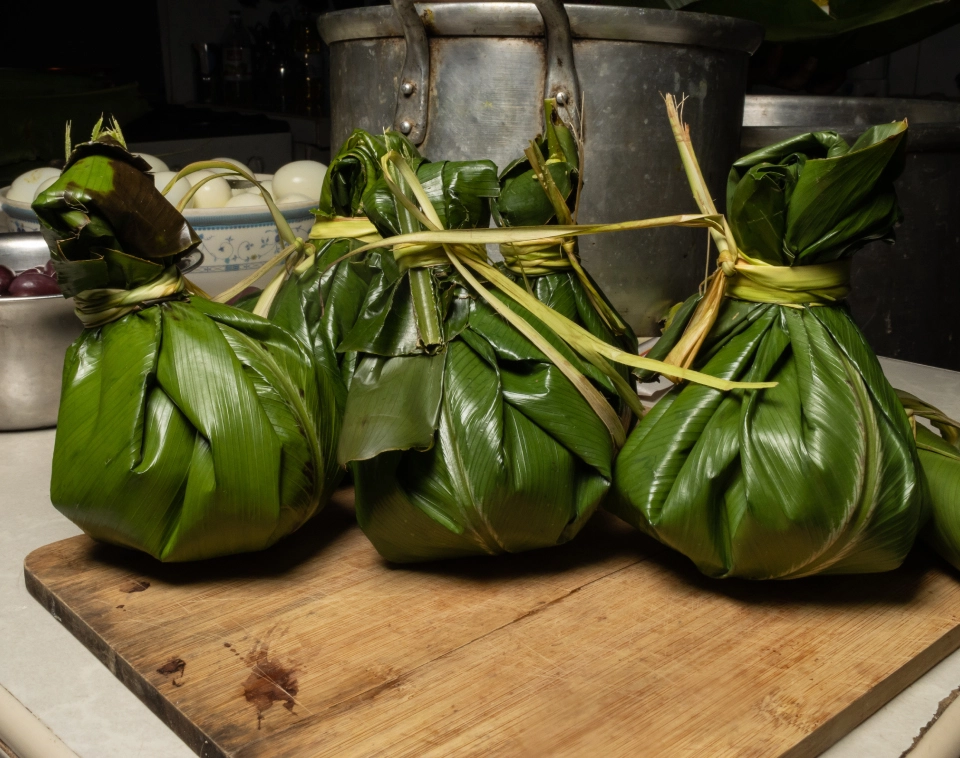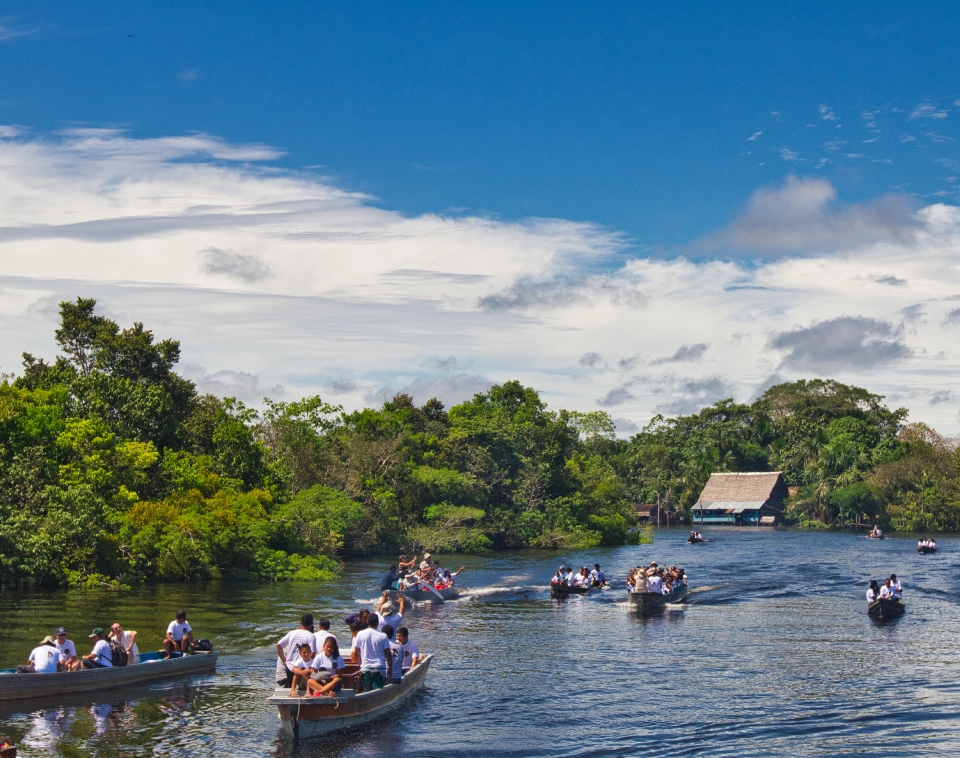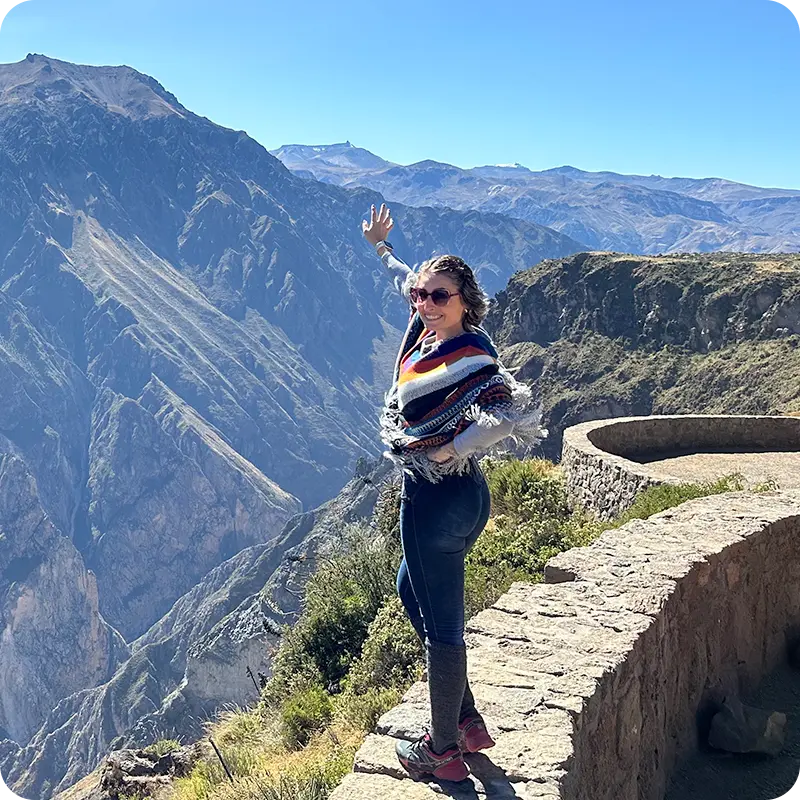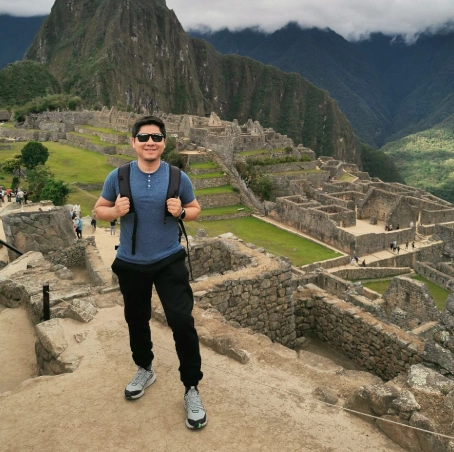
Introduction
A city in the middle of the jungle would be thought to be silent and peaceful. But not Iquitos. Iquitos is a burble of noise, color, and culture, from the endless motocarros, or tuk-tuks, racing around the cities to the flashes of nature in the surrounding Amazon rainforest.

